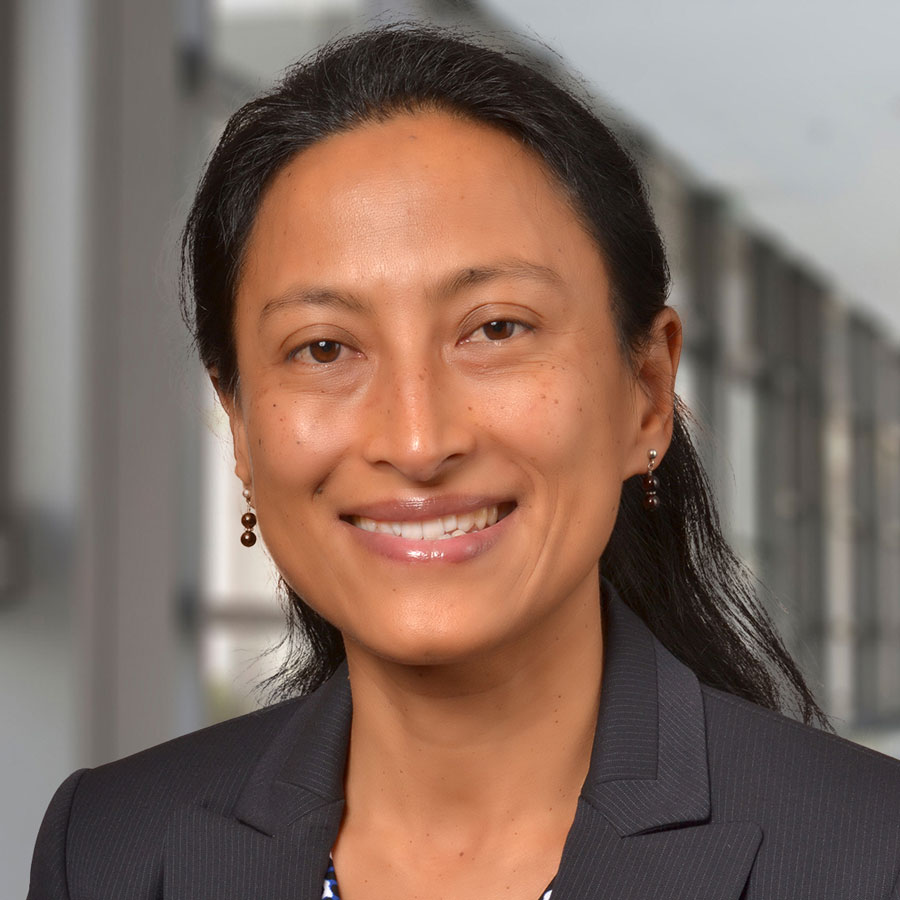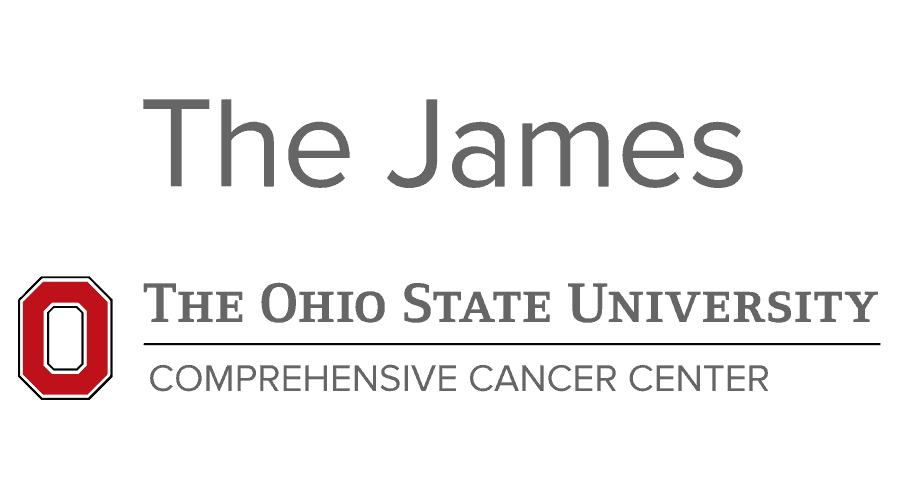Preclinical Therapeutics Mouse Modeling Shared Resource
Please remember to cite the Shared Resources!
Research reported in this publication was supported by The Ohio State University Comprehensive Cancer Center and the National Institutes of Health under grant number P30 CA016058.
We thank the XX Shared Resource at The Ohio State University Comprehensive Cancer Center, Columbus, OH for (XX)
About Us:(back to top)
The Preclinical Therapeutics Mouse Modeling Shared Resource (PTMMSR) supports investigators to generate cost-effective and reproducible in vivo proof-of-concept preclinical data through knowledge, technical expertise, and centralized resources for mouse models and instrumentation.
940 Biomedical Research Tower
460 W. 12th Ave.
Columbus, OH 43210
Phone: 614-293-1675
Meet the Team:(back to top)

Available Services: (back to top)
- Breeding programs for GEMM models of cancer
- Breeding programs for immune-compromised mouse strains (athymic nude and NSG (NOD-SCID-IL2γR))
- Xenografting and allografting of tissues and cells
- Administration of therapeutics via various routes (e.g., intraperitoneal, intravenous, oral gavage, subcutaneous, intramuscular)
- Monitoring of animals post-administration of therapeutics (e.g., body weight and score)
- Necropsy including tumor and other tissue harvest for downstream applications
- Tumor monitoring by standard caliper measurement or using other imaging modalities (the latter is conducted in collaboration with Small Animal Imaging Shared Resource, SAISR)
- Consultation and letter-of-support for grant applications are provided at no charge
Click here for full list of services and fees
Please remember to cite the Shared Resources!
Research reported in this publication was supported by The Ohio State University Comprehensive Cancer Center and the National Institutes of Health under grant number P30 CA016058.
We thank the XX Shared Resource at The Ohio State University Comprehensive Cancer Center, Columbus, OH for (XX)
